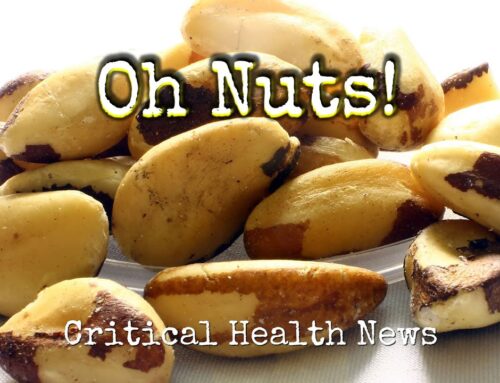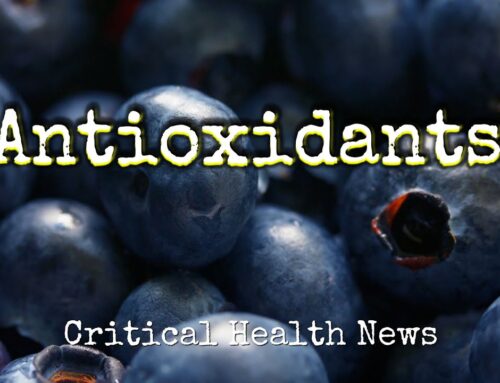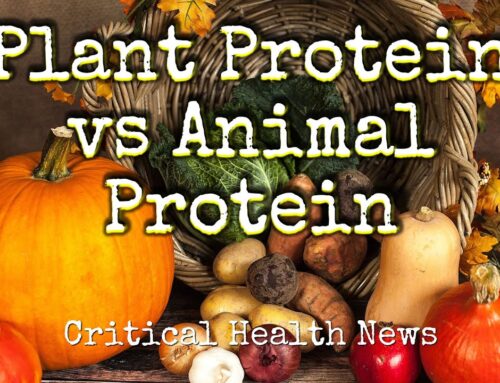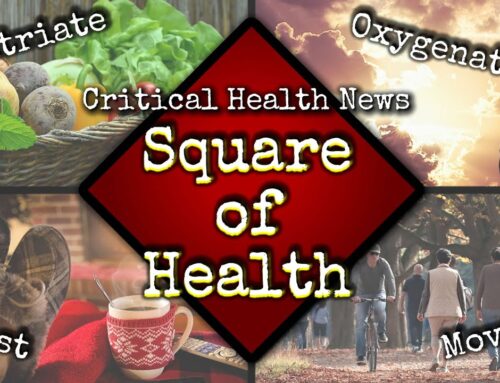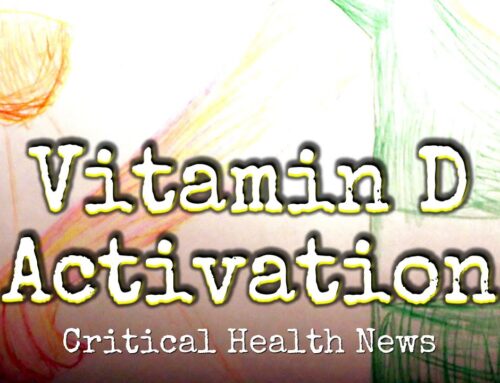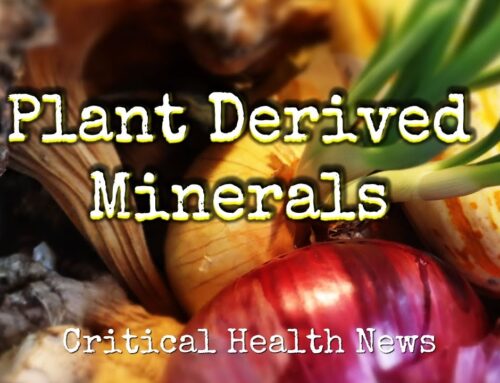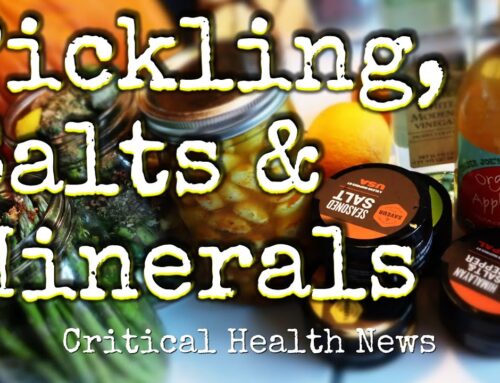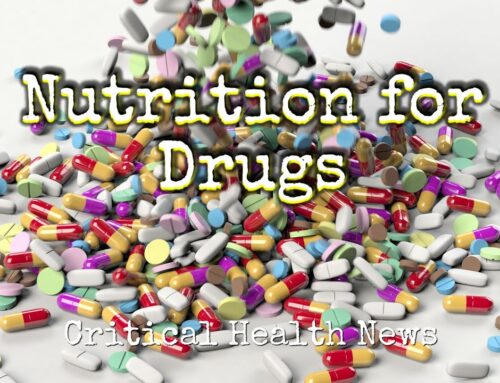The human body needs food for energy, but just because we eat something does not necessarily mean that we’re going to enjoy its energetic benefits. After we eat food, the nutrients and the energy it contains ultimately makes it into the blood via the digestive machinery. For it to provide us with its energy, the blood must be able to pull that energy out of the food.
This pulling property is called alkalinity and this is why blood pH is such an important marker of health. The pH scale runs from zero at the lower acid end to 14 at the alkaline. Acid is zero to seven. Seven is neutral and alkaline is seven to fourteen. Sickness and toxicity are associated with low pH or acid blood and for the well-being of the body the blood has to be slightly alkaline.
This alkalinity is maintained largely via respiration and the interaction of oxygen and carbon dioxide. Oxygen represents alkalinity. The better oxygenated we are the healthier the blood. Conversely, carbon dioxide represents non alkaline or acid, and through effective exhalation and it’s interaction with inhaled oxygen, the pH of the blood can be maintained.
Food and nutrition also affect blood pH, although not as much as respiration. Not surprisingly, sugary processed food encourages acidity. So do grains and high-protein foods like meat, fish, eggs and dairy. On the other hand, mineral and electrolyte rich fruits and veggies, including onions, garlic and green leaves are especially alkalizing.


